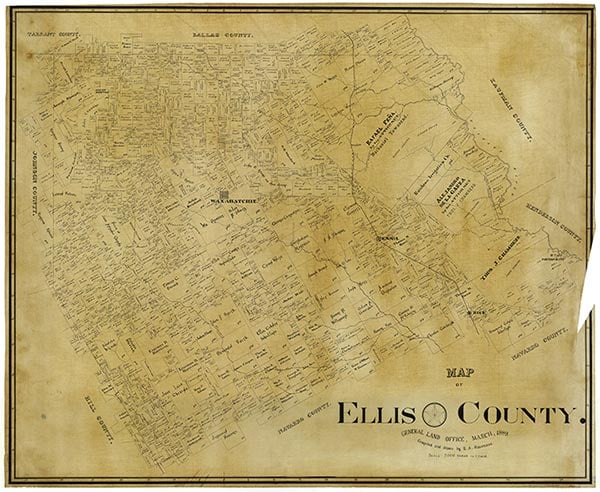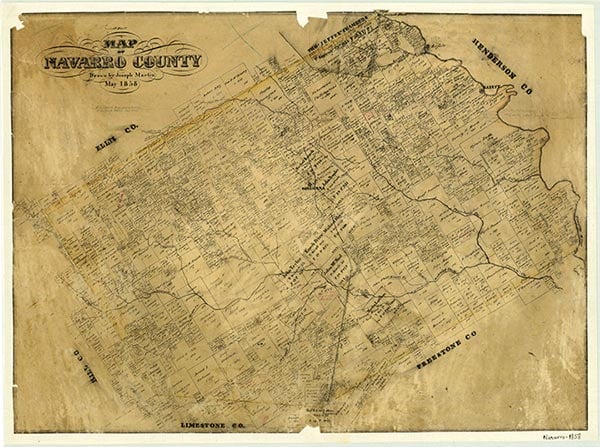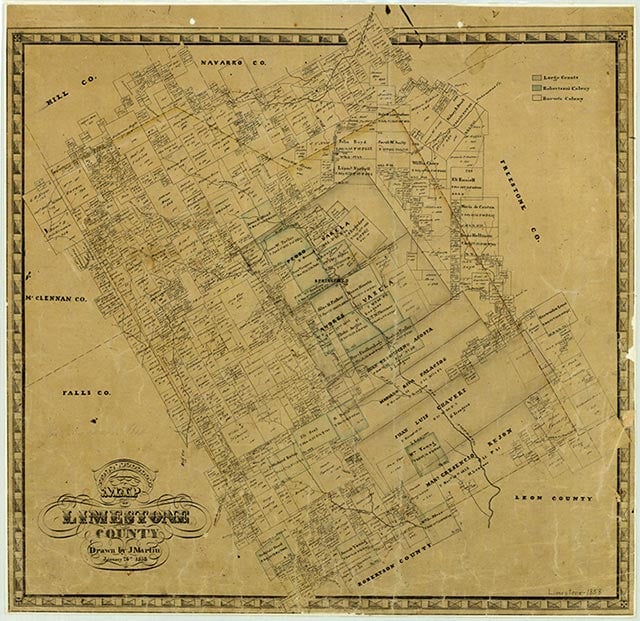Navarro College
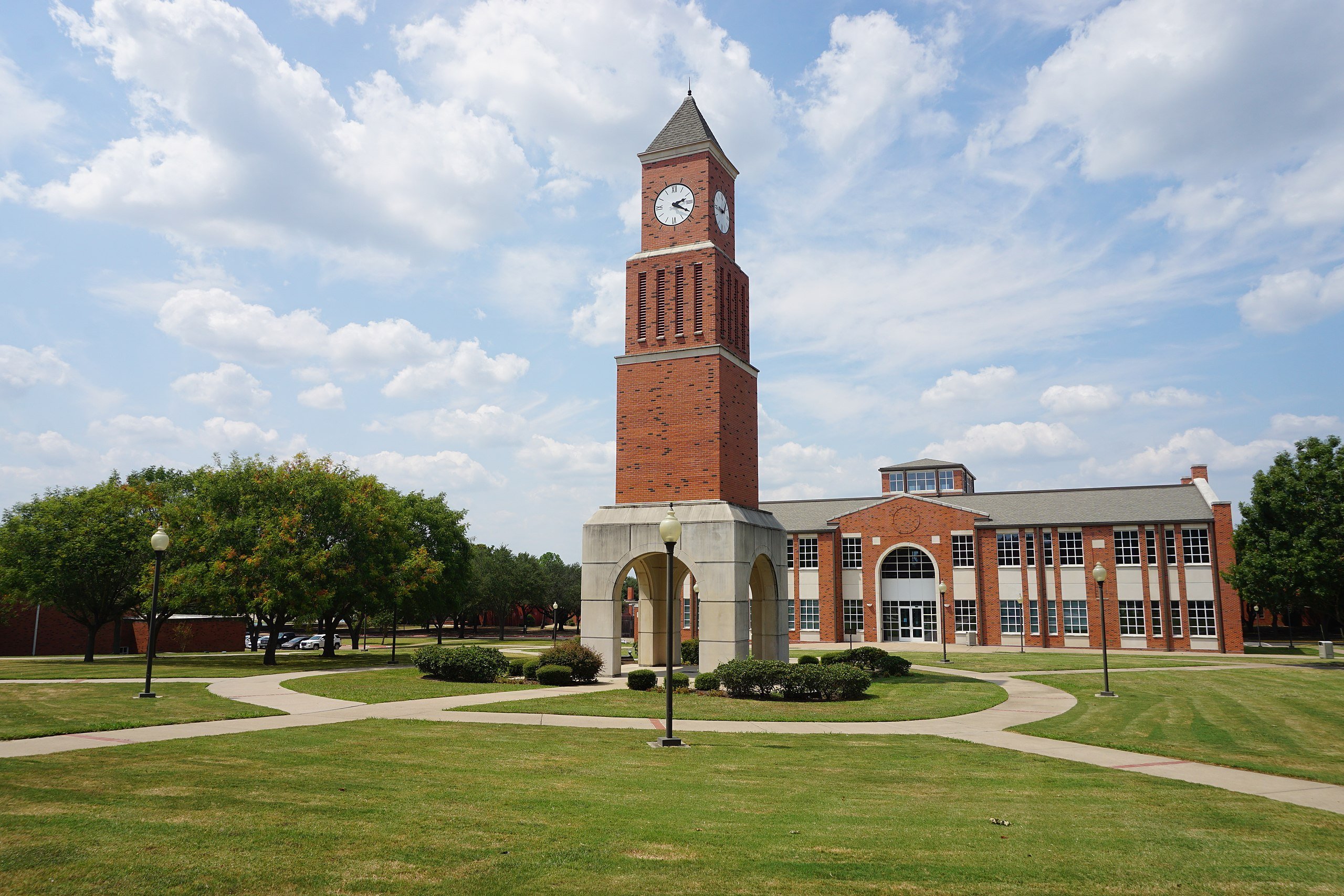
Barracks Bunch Clock Tower & Richard M. Sanchez Library in Corsicana, TX
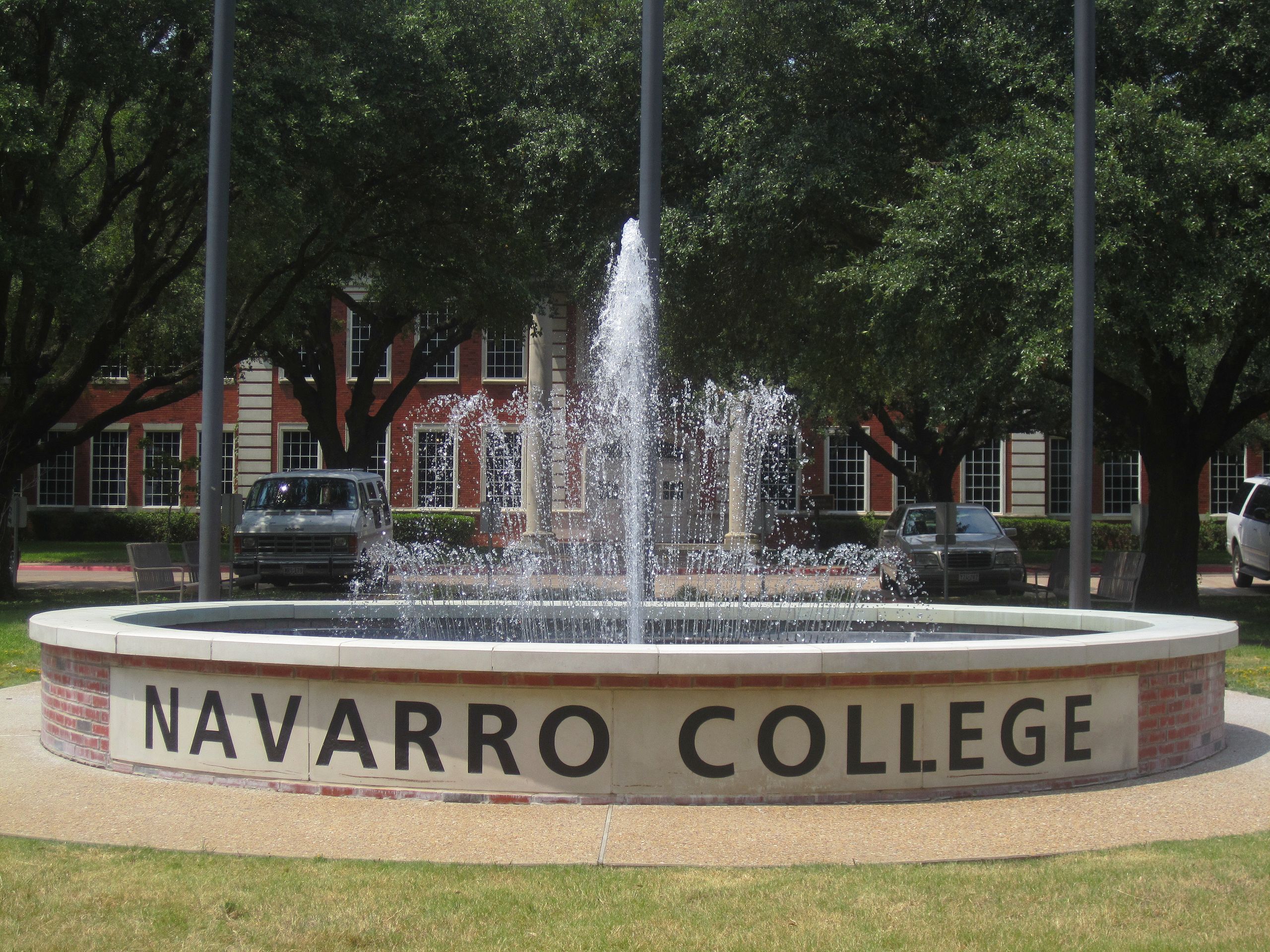
Welcome fountain at Navarro College
Navarro Junior College, in Corsicana, was authorized in July 1946 by a vote of Navarro County citizens. A steering committee composed of county educators secured the Air Activities of Texas property six miles south of Corsicana to serve as the campus. Classes began on September 16, 1946, with 238 students and fifteen faculty members. Ray L. Waller served as the first president. A modest but consistent growth in enrollment made the acquisition of a larger permanent campus necessary. In a 1949 bond election Navarro County voters approved the purchase of a sixty-four-acre tract of land three miles west of Corsicana on State Highway 31. The college moved there in 1951. It was accredited by the Southern Association of Colleges and Schools in 1954. Upon Waller's death in 1956, Ben Jones was named the second president of the college. By 1965 enrollment had grown to 1,184, and the campus included an administration-library-auditorium building, a hall of science, a gymnasium, a cafeteria, four dormitories, and a shop building. The following year two additional dormitories, a new technical-vocational building, a library, and a women's physical-education facility were constructed. A student union building was added in 1970. Jones retired in 1973, and Lary Reed became interim president. On March 1, 1974, Kenneth Walker was named the third president of the college. During that year the college added new technical-education programs. In keeping with the new role, the official name Navarro College was adopted.
Between 1974 and 1985 enrollment increased to nearly 3,000 students. Additional land was purchased or donated, and major buildings were built: fine arts, health occupations, gymnasium-physical education, and six residential facilities. Major renovations included the academic-administration building, auditorium, and student union. Off-campus centers were established in Ennis, Mexia, and Waxahachie in 1983, and the college constructed and began operating a television station for educational and public service programming in 1984. Accreditation was reaffirmed in 1985, and that same year legislation was introduced to enable Navarro College to become the first four-year locally controlled community college to offer baccalaureate degrees. Although the bill failed to pass, efforts continued to achieve this goal. In 1985 the college library held 38,000 books, bound periodicals, and government documents. The Robert S. Reading collection of Indian artifacts is also housed in the library. In 1990 the Navarro College Foundation began process that led to the construction of the Cook Arts, Science, and Technology Center, which contains the largest planetarium in Texas. Navarro College offers work leading to associate degrees in most basic academic and technical fields and offers transfer programs to other colleges and universities. Adult-education programs and short courses are also offered. Richard Sanchez became the fifth president of Navarro College in 1998. Navarro College had 254 faculty members and 3,539 students for the fall 1999 term.
Tommy W. Stringer | © TSHA

Adapted from the official Handbook of Texas, a state encyclopedia developed by Texas State Historical Association (TSHA). It is an authoritative source of trusted historical records.

- ✅ Adoption Status:
Belongs to
Navarro College is part of or belongs to the following places:
Date of Founding Notes
Classes first held in 1946; four campuses: Corsicana, Mexia, Midlothian and Waxahachie
People
-
President, Dr. Kevin G. Fegan 2018–Present
Currently Exists
Yes
Place type
Navarro College is classified as a College or University
Tags
External Websites
- Navarro College (Official Website)
Fall Faculty Count, 2019 View more »
366
Fall Enrollment Count, 2022 View more »
6,187

